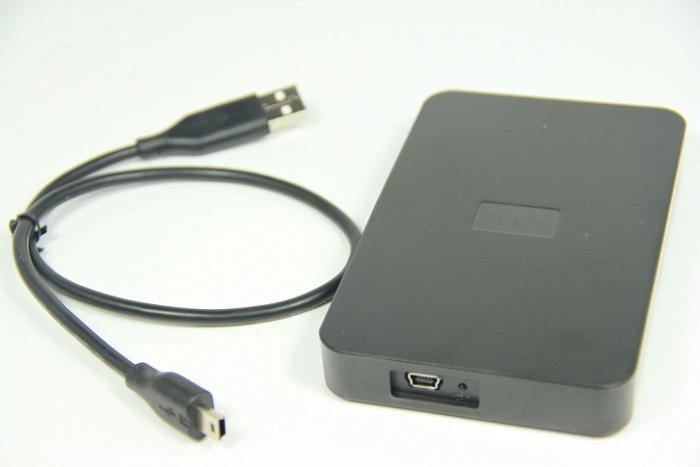The topic of our article today is the external memory of a computer. But first, I would like to say a few words about one error, which turned out to be incredibly “tenacious”. Back at school, in computer science lessons, when studying the internal structure of the system unit, among other things, one necessary component is indicated - RAM.
Physically, it is represented by microcircuits soldered on a textolite strip with two rows (comb) of sliding contacts, which connects to the connector on the motherboard. For example, when they say that there is not enough memory, they mean a small amount of RAM. Either general, or for some application. However, the term “external memory” is sometimes used. This is not true, if only because, for example, it is unlikely that anyone would come up with the idea of calling the book "memory." A book is a
medium of information, and memory is something completely different.
What do some mean by the term "external memory"? The above RAM has a significant drawback, which is manifested in the loss of all data recorded in the cells of the microcircuit every time the power is turned off. Therefore, it is used by computer nodes only in current calculations, and external memory is used for long-term storage of information . This is a hard drive, flash drive, drive to read / write CDs, even a printer, with a number of reservations. That is, all those devices in which the safety of recorded data does not depend on the availability of electricity.

All user files, including the operating system itself, are stored on such media. Compared to RAM, these devices have a much larger volume, and in some cases almost unlimited. For example, if the capacity of the modules of a modern average computer is 4-8 GB, then the volume of the hard drive is rarely less than 250 GB. Using removable media (CDs) to store files, it is theoretically possible to save an endless stream of data.
External memory is physically represented by drives with a different operating principle. One of the first such decisions were floppy disks. A flexible polymer base in the form of a disk was coated with magnetic sputtering, the surface of which was specially magnetized by the recording head of the drive. The principle is almost the same as in the old cassettes for audio and video devices.
Almost simultaneously, more advanced constructive solutions, called hard drives, arose. The housing housed several inflexible disks made of non-conductive current material, covered with a magnetic layer. Since the recording head did not come in direct contact with the surface, "flying" in the air stream, it was possible to significantly increase the speed of rotation of the disks, which means the performance of the entire device.
A completely different operating principle is used in drives for reading / writing CDs. At the command of a computer, the laser beam in a certain way pushes depressions in the thin metal. When reading, the same beam is reflected from the layer of the mirror substrate, captured by a photocell and analyzed. In this way, the recorded information is restored.
These are just some types of storage devices. By the way, in the days of the first 8086 computers there was a solution that can rightfully be called external memory. These were expansion modules for the main volume of RAM, inside of which microcircuits were placed. The difference from modern slats is that the device was truly external.